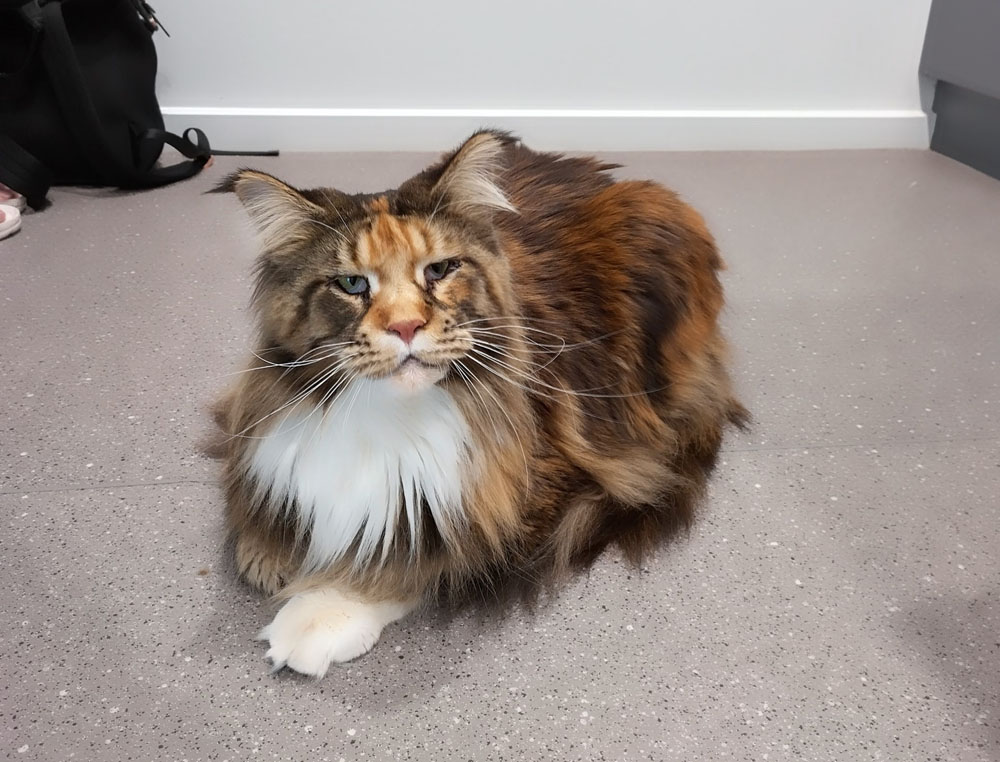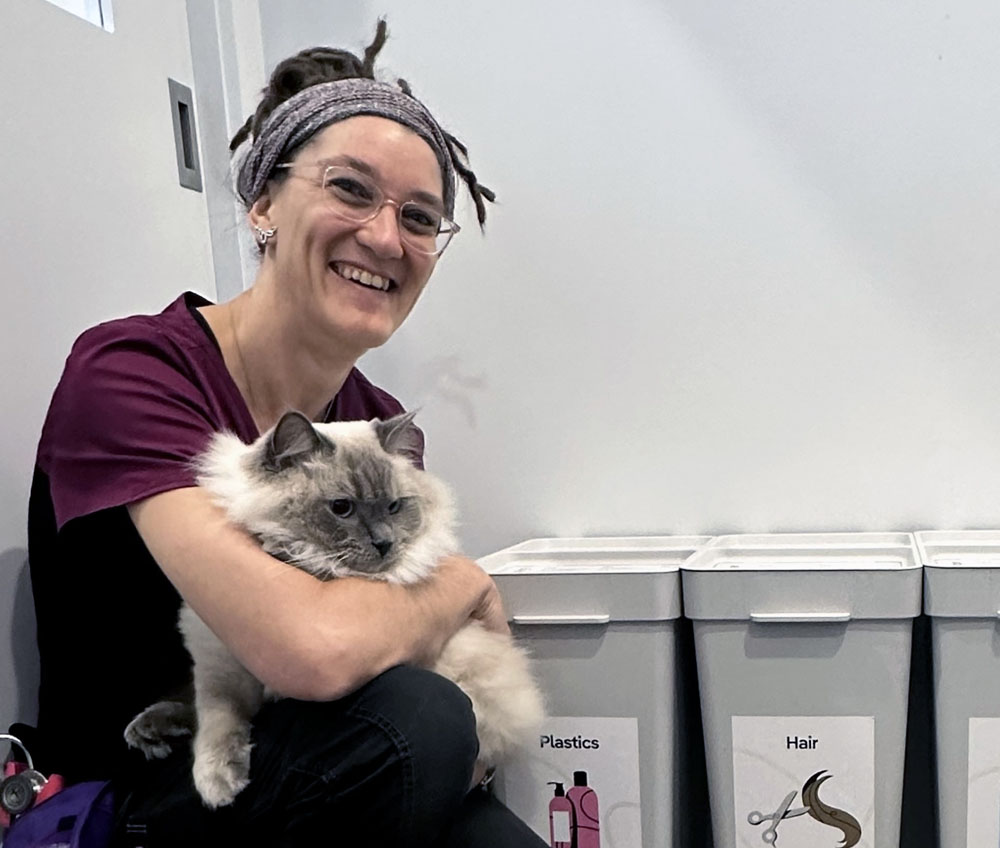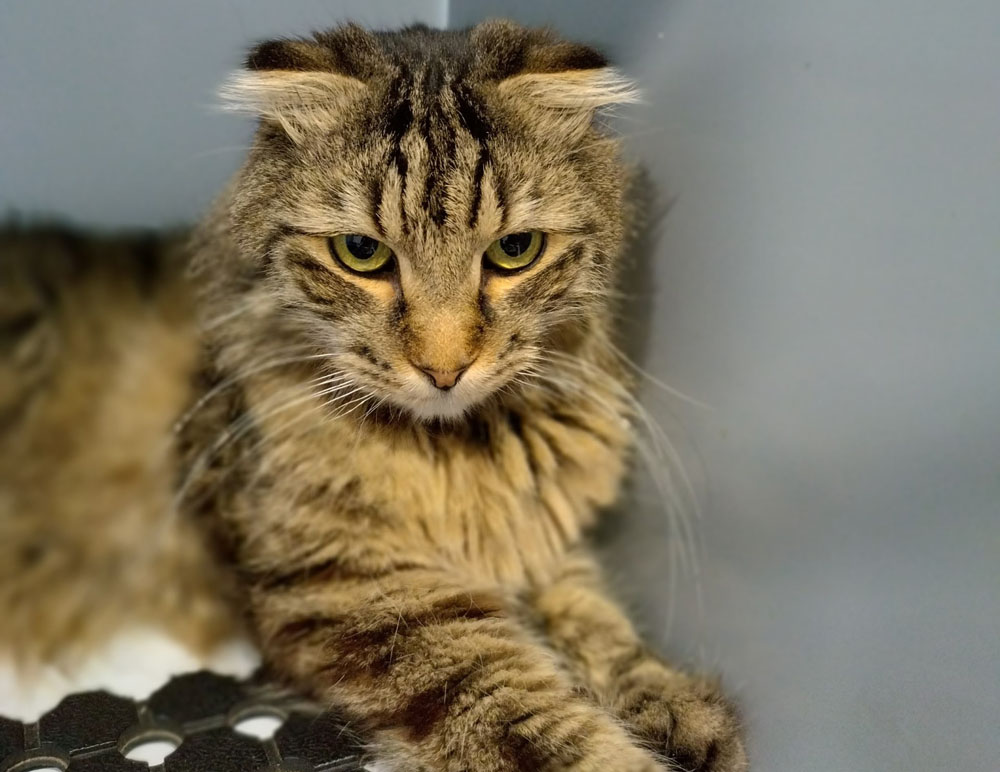Cat Desexing
Safeguarding Your Feline Companion: Cat Desexing at MyVet Strathfieldsaye
Welcoming a feline friend into your life brings immeasurable joy, but ensuring their well-being requires responsible pet ownership. Cat desexing, also known as cat speying for females and cat castration for males, plays a crucial role in this responsibility. At MyVet Strathfieldsaye, we offer a compassionate and professional Bendigo cat desexing service designed to prioritise both your cat’s health and the overall welfare of the feline community.

Book your pets consult today at myvet Strathfieldsaye
The Necessity of Cat Desexing:
Unchecked reproduction contributes significantly to the issue of stray and unwanted animals. This, in turn, can put a strain on resources and potentially lead to feline homelessness and suffering. Cat desexing is a critical step in addressing this issue and ensuring a more manageable and stable feline population.
Beyond population control, cat desexing offers a multitude of health and behavioural benefits for your pet:
- Females: Desexing eliminates the risk of uterine infections and significantly reduces the likelihood of mammary tumours, promoting a longer and healthier life.
- Males: The procedure minimises the risk of prostate problems and testicular cancer, while also curbing undesirable behaviours like spraying and roaming.
Optimal Timing for Desexing:
The ideal time for cat desexing is when they weigh over a kilo. However, the precise timing can vary depending on breed, health status, and individual circumstances. Our experienced veterinarians will guide you in determining the most suitable time.
Understanding the Procedure:
The desexing procedure is a surgical operation conducted under general anaesthesia by a qualified local Bendigo veterinarian. For females, the ovaries and uterus are removed, while males undergo the removal of the testicles. The surgery is relatively quick, and your cat will be closely monitored throughout the process.

Health Benefits of Cat Desexing:
By eliminating reproductive potential, cat desexing provides numerous health advantages:
- Reduced risk of reproductive-related cancers and infections.
- Potential for a longer and healthier lifespan.
- Improved overall well-being and quality of life.
Positive Behavioural Changes:
Desexing often leads to welcomed behavioural shifts:
- Reduced territorial marking and aggression in males.
- Elimination of heat cycles and associated behaviours in females.
- Promotes a calmer and more content demeanour.
- Enhanced bond between pet and owner.
Safety and Peace of Mind:
Cat desexing is a common and safe procedure when performed by experienced professionals. The benefits far outweigh the minimal risks associated with the surgery. Our veterinarians will thoroughly assess your cat’s health before proceeding and provide detailed post-operative care instructions for a smooth and uneventful recovery.
Recovery Journey:
Most cats resume normal activities within a few days after desexing. Following your veterinarian’s instructions is crucial for a smooth recovery. While temporary discomfort is possible, our Bendigo animal desexing vets are here to support you and your pet throughout the process.
Addressing Potential Concerns:
We understand you may have questions or concerns about cat desexing. Our veterinarians are happy to discuss:
- Potential risks and how we minimise them.
- Recovery process and what to expect.
- Individualised care based on your cat’s unique needs.

Personality and Playfulness:
Desexing does not negatively impact your cat’s personality or playfulness. In fact, it often leads to positive changes like reduced aggression and increased calmness. Remember, each cat is unique, so observe their behaviour and rest assured that desexing is generally well-tolerated.
Special Considerations:
For desexing a pregnant cat please consult our veterinary team. Alternative options will be discussed based on the specific situation.
A Commitment to Well-being:
At MyVet Strathfieldsaye, we believe every cat deserves a healthy and happy life. Our compassionate and professional Bendigo cat desexing service prioritises your pet’s well-being while contributing to a more balanced feline community. Contact us today to discuss your cat’s needs and embark on a journey towards a healthy future together.
Cat desexing is not just about preventing unwanted litters; it’s a comprehensive healthcare decision that benefits both your feline companion and the broader community. From improved health and behaviour to a stronger bond and a more harmonious living environment, the advantages are undeniable.
Contact MyVet Strathfieldsaye to book your cat desexing or call 03 5439 5066
Remember, desexing is a safe and routine procedure when performed by a qualified veterinarian. Their expertise and guidance will ensure a smooth process and a speedy recovery for your cat.
FAQS
The primary goal is to prevent your cat from reproducing. This procedure is essential for several reasons. Firstly, it plays a significant role in controlling the pet population, helping to address the issue of stray and unwanted animals. Additionally, cat desexing offers various health and behavioural benefits for your feline companion.
The procedure involves removing the ovaries and uterus in females or the testicles in males. By doing so, it eliminates the ability of the cat to reproduce, preventing unwanted litters and contributing to the overall welfare of the feline community.
It is generally recommended to desex your cat once they weigh a kilo. However, the ideal timing can vary based on factors such as the cat’s breed, health, and individual circumstances. Your veterinarian will provide guidance on the most suitable age for your specific pet.
Early intervention not only prevents unwanted pregnancies but also contributes to better long-term health and behaviour outcomes for your cat. It’s a proactive step in ensuring a healthier and more content life for your feline friend.
The procedure is a surgical operation performed by a qualified veterinarian. The surgery is conducted under general anaesthesia to ensure your cat is comfortable and feels no pain during the procedure. For females, the veterinarian removes the ovaries and uterus, while for males, the testicles are surgically removed.
The surgery is relatively quick, and your cat will be closely monitored throughout the process. Following the procedure, your cat will receive appropriate pain management to ensure a smooth and comfortable recovery
Yes, cat desexing offers several health benefits for your pet. In females, it eliminates the risk of uterine infections and greatly reduces the chances of mammary tumours. For males, the removal of testicles decreases the risk of prostate problems and testicular cancer. Moreover, desexing helps prevent certain reproductive-related health issues, contributing to a longer and healthier life for your cat.
By addressing these potential health concerns through desexing, you are actively promoting the overall well-being and longevity of your feline companion.
Cat desexing often leads to positive behavioural changes. In males, the procedure can significantly reduce territorial marking, aggression, and the tendency to roam. Females, on the other hand, are less likely to go into heat, eliminating behaviours such as yowling and restlessness.
While individual responses may vary, many cat owners observe a more calm and content demeanour in their pets after desexing. It can contribute to a harmonious living environment and enhance the bond between you and your cat.
Yes, cat desexing is a common and safe surgical procedure when performed by a qualified and experienced veterinarian. The benefits of preventing unwanted litters and potential health issues far outweigh the minimal risks associated with the surgery.
MyVet Strathfieldsaye veterinarians will conduct a thorough pre-surgery examination to ensure your cat is a suitable candidate for desexing. They will also discuss any potential risks and provide detailed post-operative care instructions to promote a smooth and uneventful recovery for your pet.
The recovery time varies, but most cats resume normal activities within a few days. It’s crucial to follow the post-operative care instructions provided by your veterinarian, which may include restricting physical activity and monitoring for any signs of complications.
While your cat may experience some temporary discomfort, the overall recovery process is typically quick, and your veterinarian will be there to support you with any concerns or questions you may have during this period.
While complications are rare, as with any surgical procedure, there are minimal risks associated with cat desexing. These can include infection or adverse reactions to anaesthesia. However, your veterinarian takes precautions to minimise these risks, such as using sterile surgical techniques and carefully monitoring your cat throughout the procedure.
During the pre-surgery consultation, your veterinarian will discuss any potential risks based on your cat’s health and provide information on how to recognise and address any postoperative complications.
Cat desexing is unlikely to have a negative impact on your cat’s personality. In fact, many cat owners report positive changes, such as a reduction in aggressive behaviours and a more settled demeanour. The procedure does not alter your cat’s fundamental personality traits or playfulness. If anything, it may contribute to a more relaxed and content disposition.
Each cat is unique, so it’s important to observe and understand your pet’s behaviour, but rest assured that desexing is generally well-tolerated, and the positive effects often outweigh any perceived changes.
If you suspect your cat is pregnant, it’s essential to consult with your veterinarian to determine the best course of action. Desexing a pregnant cat poses additional risks, and alternative options will be discussed based on the stage of pregnancy.
Your veterinarian will guide you on appropriate measures to ensure the health and well-being of both the pregnant cat and potential kittens. This emphasises the importance of regular veterinary check-ups to address any reproductive-related concerns promptly.

